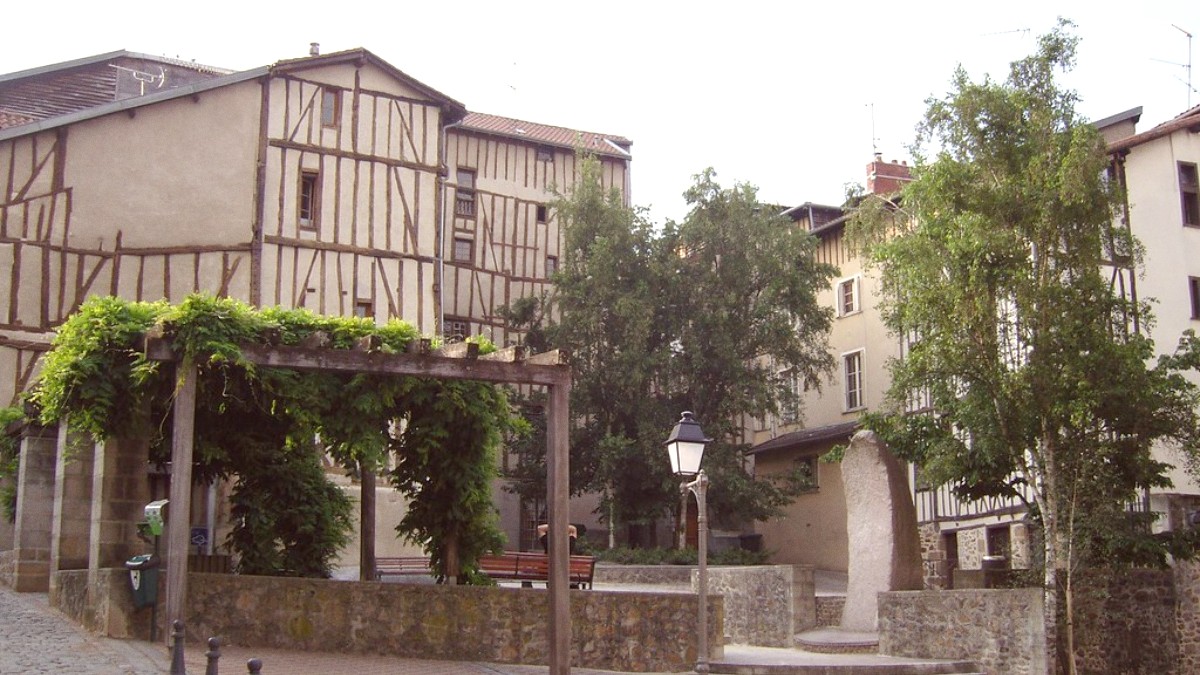
France
The Limousin region has been an agricultural heartland of France, renowned for its high-quality beef and apples. This connection to the land means local cuisine highlights fresh, seasonal ingredients.
Dishes reflect a history of a hardworking, rural population, favoring robust, comforting meals that provide sustenance. Food is a part of daily life and regional identity.
Always say "Bonjour" upon entering. Wait to be seated by a host or server.
Order from your table. Ask for "l'addition, s'il vous plaît" when ready to pay.
Bread is typically served with meals. Tap water ("une carafe d'eau") is free upon request.
High-quality beef, often grilled or roasted.
Find at: Most traditional restaurants, brasseries, and local butcher shops.
Traditional flan-like baked dessert with fresh cherries.
Find at: Bakeries (boulangeries), patisseries, traditional restaurants.
Hearty savory pie with thinly sliced potatoes, garlic, parsley, sometimes bacon.
Find at: Traditional Limousin restaurants, local markets, specialty delis.
Local cider, Pommeau (apple aperitif), Casse-Noix (walnut liqueur), and Limonade.
Madeleines, Tarte aux Myrtilles (blueberry tart), and Chestnut Cream (Crème de Marrons).
Limoges has highly-rated restaurants, some with Michelin recognition. These offer refined French cuisine, often with a modern twist on regional specialties.
Mid-range brasseries, bistros, and Auberges offer good value and authentic regional dishes. Budget choices include bakeries, crêperies, and supermarket delis.
Les Halles Centrales, an impressive covered market, sells local produce and prepared foods. Outdoor markets are also common.
Located near Place de la Motte, this covered market is open most mornings until 1 PM, typically closed on Mondays.
Excellent for local products and prepared meals.
Weekly outdoor markets occur in various squares. Inquire at the Tourist Office for locations and schedules.
Good for experiencing local life and fresh produce.
Many restaurants close between lunch and dinner services.
Enjoy bread to soak up sauces; it's a core part of the meal.
Free tap water is available upon request.
This certification signals authentic local cuisine and hospitality.
Halal and kosher options are very limited in Limoges.
No dedicated certified restaurants easily accessible to tourists.
Seek out specific ethnic restaurants (e.g., North African for Halal) or prepare your own food if you have a kitchen.
Supermarkets may offer some certified products.
Websites like "Celiac Travel" or "Allergy Translation" provide printable cards.
Clear communication with staff is essential for dietary needs.
Specific cooking classes might be limited within Limoges. Some gîtes or culinary schools in the broader Limousin region may offer classes on traditional regional dishes.
Arrange visits to Limousin cattle farms or local apple orchards in the surrounding countryside, especially during harvest season.
Check local calendars for seasonal food markets, truffle fairs (winter), apple festivals, or agricultural fairs.
Seek out smaller, family-run restaurants for a truly authentic regional meal.
These spots often serve generational recipes.
Ask your server or locals for their favorite dishes or food recommendations.
This can lead to unexpected culinary discoveries.
Les Halles Centrales and outdoor markets are exceptional places to experience local food culture and purchase fresh ingredients.
Embrace seasonal produce; flavors are at their peak and reflect local agricultural traditions.
A French Cookbook Limousin can enhance your understanding before or after your visit.
Always make an effort to use basic French phrases; this is appreciated by locals.